Cheongpung Hwanggeum Songeo (청풍황금송어)
17.8 Km 100 2021-03-22
25, Cheongpungho-ro, 39-gil, Jecheon-si, Chungcheongbuk-do
+82-43-652-4769
A restaurant where you can taste fresh trout dishes with a beautiful scenery. The best menu at this restaurant is sliced raw trout. This Korean dishes restaurant is located in Jecheon-si, Chungcheongbuk-do.
Mungyeong Daeseungsa Temple (대승사(문경))
17.9 Km 8661 2020-06-25
283, Daeseungsa-gil, Mungyeong-si, Gyeongsangbuk-do
+82-54-552-7105
Situated on Sabulsan Mountain, Daeseungsa Temple is a beautiful building, rich in history. The name of the mountain on which the temple was built was originally called Gongdeoksan, but was later known as Sabulsan. The name, Sabulsan, (meaning “Four Buddhas”) comes from the legend of the Silla Period in which a large stone shrouded with red silk and etched with four faces of Buddha mysteriously descended upon the mountain. Upon hearing the news of this miraculous event, the king at the time (King Jinpyeong) immediately visited the spot and had the temple built next to the sacred stone.
The temple was partially destroyed by fire in the summer of 1922, but was restored in 1927 thanks to the efforts of Monks Uiun, Chwiwol, and Deoksan. In January 1958, the temple once again suffered fire damage, leaving only a few buildings (Geukrakjeon, Myeongbujeon, and Sansingak) untouched. Monks Daehyu, Seolwol, and Jeongam helped to restore the temple and the temple has remained well-preserved ever since.
Sagwanamu Jip (사과나무집)
18.6 Km 97 2021-03-22
2, Bibong-gil, Jecheon-si, Chungcheongbuk-do
+82-43-643-0888
A restaurant that uses apple enzymes and apple juice instead of sugar and seasonings for all recipes. The best menu at this restaurant is hand-made bean curd hot pot. This Korean dishes restaurant is located in Jecheon-si, Chungcheongbuk-do.
Cheongpungho Scenic Monorail (청풍호 관광모노레일)
18.8 Km 19983 2024-03-13
879-17 Cheongpungmyeongwol-ro, Cheongpung-myeon, Jecheon-si, Chungcheongbuk-do
+82-43-653-5120
The Cheongpungho Scenic Monorail offers a unique journey along a three-kilometer track from Dogok-ri in Cheongpung-myeon, Jecheon, to Bibongsan Mountain, situated at 531 meters above sea level. Typically, reaching the summit of Bibongsan Mountain on foot from Dogok-ri takes about an hour. However, the monorail service significantly reduces this time by half. Additionally, passengers can enjoy panoramic views of Cheongpungho Lake from various perspectives during their ride.
Yeongju Punggi Insam Festival (경북영주 풍기인삼축제)
19.4 Km 21775 2023-09-14
Seongnae-ri, Punggi-eup, Yeongju-si, Gyeongsangbuk-do
+82-54-635-0020
Insam, ginseng, is a representative health food in Korea that boosts energy and immunity. Yeongju Punggi Insam Festival is held every October when ginseng is at its most nutritious. The festival includes various ginseng-themed programs like harvesting ginseng, trying foods made with ginseng, exhibitions, cultural programs and more. Ginseng and red ginseng products are also sold at the festival at discounted prices.
Jecheon Deokjusa Temple (덕주사(제천))
19.4 Km 23619 2021-12-03
87, Mireuksonggye-ro 2-gil, Jecheon-si, Chungcheongbuk-do
+82-43-653-1773
Deokjusa Temple is a branch temple of Beopjusa Temple, the head temple of the 5th district of the Jogye Order. The temple is believed to have been established in 597 AD by Princess Deokju, the last princess of the Silla Kingdom. According to legend, Princess Deokju stayed at the site with Prince Ma-ui and built the temple, naming it after herself, along with the cave nearby. However, there are no records to confirm or refute these claims.
The temple once stood in front of the Rock-carved Standing Buddha of Deokjusa Temple (a Treasure), but was burned down during the Korean War. The present temple building stands about 1.7 kilometers from the original temple site and is the result of reconstruction efforts conducted in the 1970s.
Punggi Ginseng Market (풍기인삼시장)
19.4 Km 20457 2021-06-08
8, Insam-ro, Yeongju-si, Gyeongsangbuk-do
+82-54-636-7948
Punggi Ginseng Market first opened in 1965, selling various vegetables with a focus on ginseng. Visitors can enjoy different kinds of ginseng products while also trying foods made with ginseng. Every late September to early October, Punggi Ginseng Festival is held, providing various events and programs for visitors to experience.
Choamsa Temple - Yeongju (초암사(영주))
19.7 Km 9012 2020-03-27
330, Jukgye-ro 315beon-gil, Yeongju-si, Gyeongsangbuk-do
+82-54-633-2322
In search of a great place to build a Buddhist Temple invoking national security, Great Monk Uisang travelled around the country and reached this place. He built a small thatched hut here for a temporary stay and continued his search. Finally, he found a perfect place and built Buseoksa Temple. He also set up another temple in the site where his small thatched hut was and called it Choamsa Temple. Choamsa Temple is located below the valley in the south of Gungmangbong Peak of Sobaeksan Mountain. After the Korean War, the temple building had to be rebuilt, but it managed to preserve some of Provincial Tangible Cultural Asset including Samcheung Seoktap (a three-storied stone pagoda; Tangible Cultural Property 126), Dongbudo (East Stupa; Tangible Cultural Property 128) and Seobudo (West Stupa; Tangible Cultural Property 129).
* Jukgyegugok Valley
The valley stretching from Baejeom-ni to Choamsa Temple is called Jukgyegugok which Sobaeksan Mountain surrounds like a folding screen. Near the valley, one can find famous tourist attractions such as the Sosuseowon Confucian Academy and Buseoksa Temple. Toegye Yi Hwang came up with the name Jukgyegugok inspired by the fantastic scenery of the valley and the beautiful sound of the flowing water.
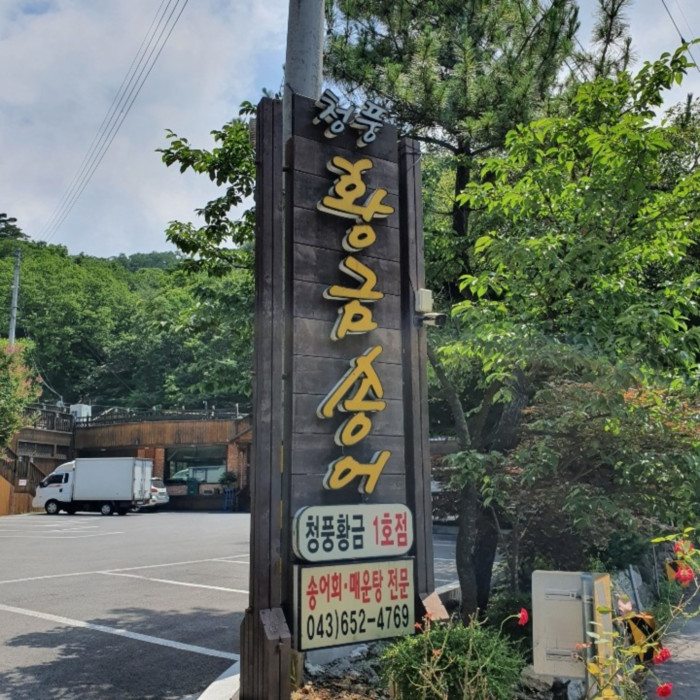
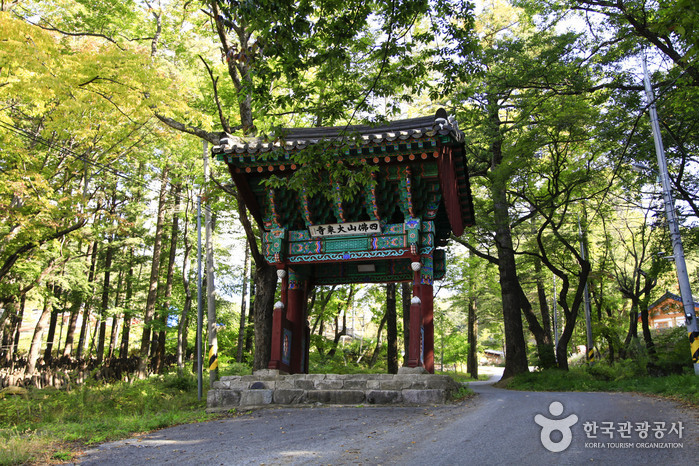
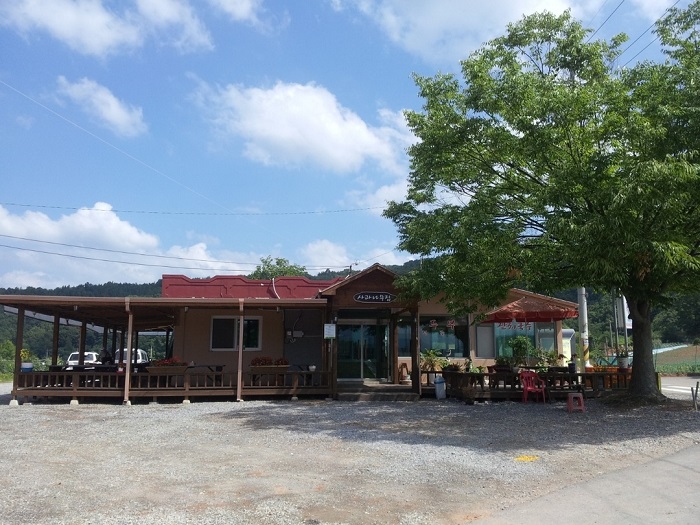
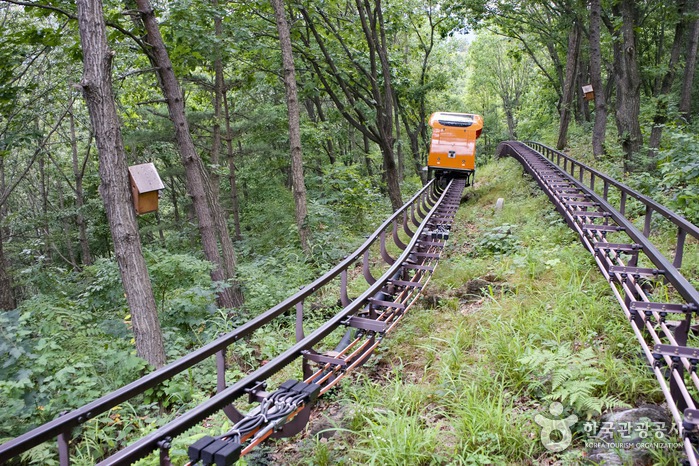
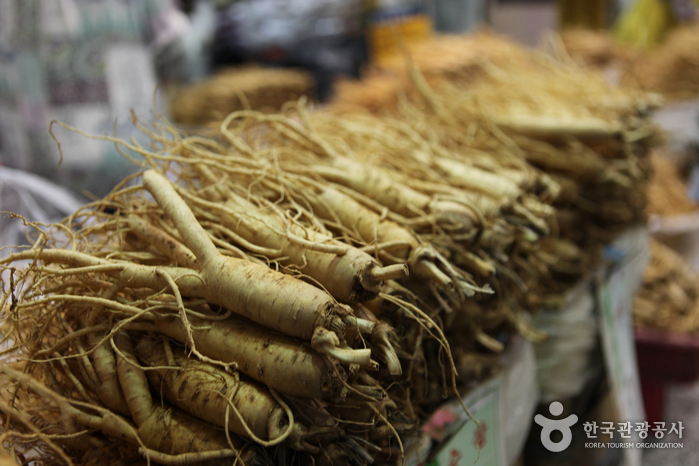
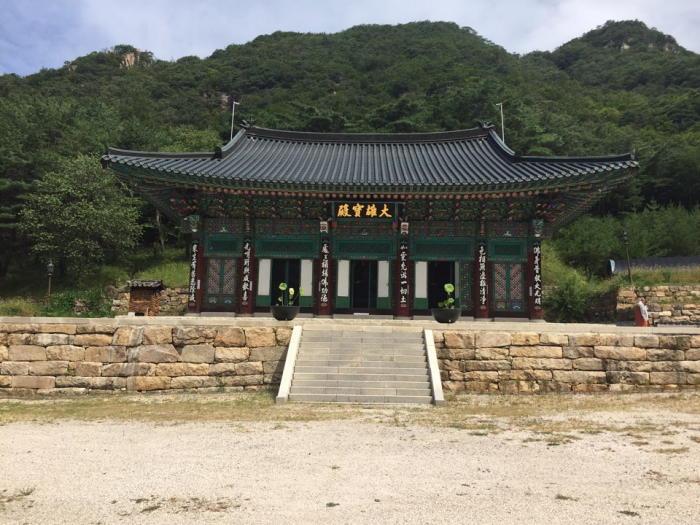
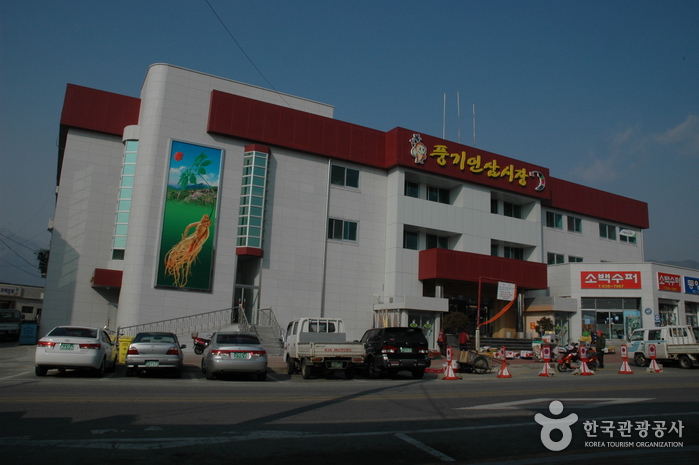
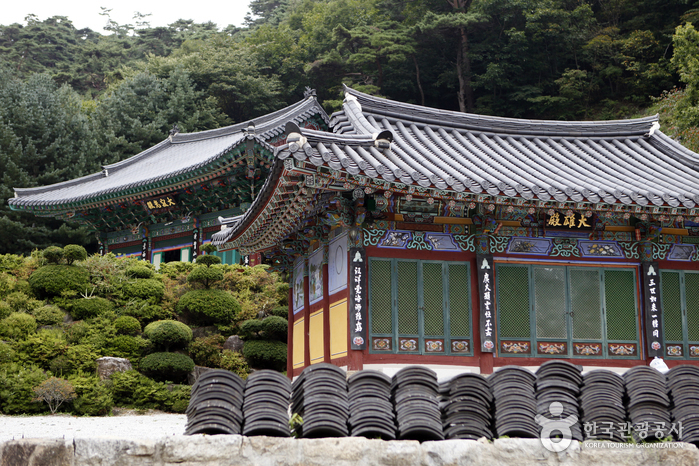
 English
English
 한국어
한국어 日本語
日本語 中文(简体)
中文(简体) Deutsch
Deutsch Français
Français Español
Español Русский
Русский